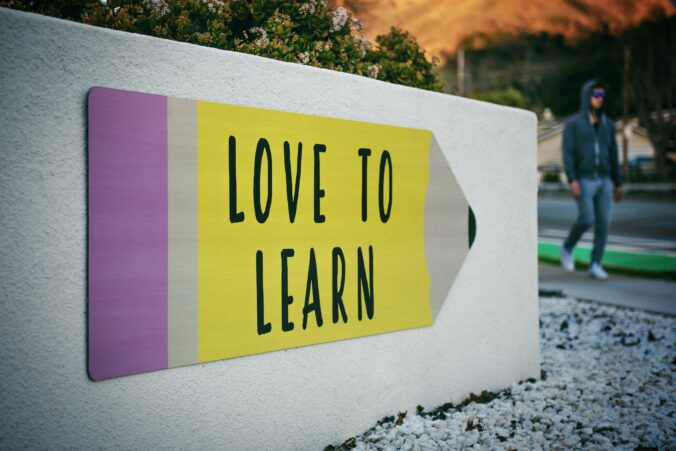Project-based learning is an instructional style that values deep learning (L. Harvey, personal communication, July2022). The Buck Institute for Education states that in a project-based teaching approach, students are at the center of learning. The learning is shaped around a goal, a project, and the students learn as they are reaching this goal or finishing this project (n.d.).
Boss and Larmer state that in a project-based teaching approach, the teacher is the facilitator, but they step back and let students do the work of learning. Compared to a traditional teaching approach, project-based learning teachers must let go of control. Teachers must not tell students what and how to learn, the students need to come to their own conclusions (2018a).
Project-based teaching and learning is effective because the projects that teachers help facilitate, or the projects that students decide to do on their own, relate to real-life and so are meaningful to the students. Additionally, compared to a traditional teaching approach, project-based learning leans into these projects, sometimes taking weeks or even the whole year to complete (Buck institute, n.d.). In a traditional teaching approach, the goal is to learn as much as possible in a short amount of time (wide learning), but the effect of this is often that students forget the information they are learning.
Boss and Larmer also say that to have a successful project-based classroom, it is important that the teacher does not overstep on students learning, however teachers are responsible for scaffolding student learning so that they do not get overwhelmed by just being thrown into a project. Once students are ready to learn through a student-led project, teachers should continue to have conferences with students to ensure they are comfortable (2018b).
A project-based instructional approach could align with our chosen topic, however the way my group is teaching our topic is not a project-based approach. I think that in the beginning of the year, especially since our topic is covered in Grade 2, it would be too early to facilitate the students to create their own edpuzzle for learning about the water cycle. So, for our topic and Interactive Learning Design, we are not using a project-based instructional approach. However, if a teacher scaffolded their students properly, they could adapt our topic and learning blueprint to be more student-centered, and have the students create their own edpuzzle.
References
Buck institute for education. (n.d.). What is PBL? PBL works. Retrieved October 6, 2022, from https://www.pblworks.org/what-is-pbl
Boss, S., & Larmer, J. (2018a). Scaffold student learning. In, Project based teaching: How to create rigorous and engaging learning experiences (pp. 127-156). Association for Supervision & Curriculum Development.
Boss, S., & Larmer, J. (2018b). Engage and coach. In, Project based teaching: How to create rigorous and engaging learning experiences (pp. 157-175). Association for Supervision & Curriculum Development.
